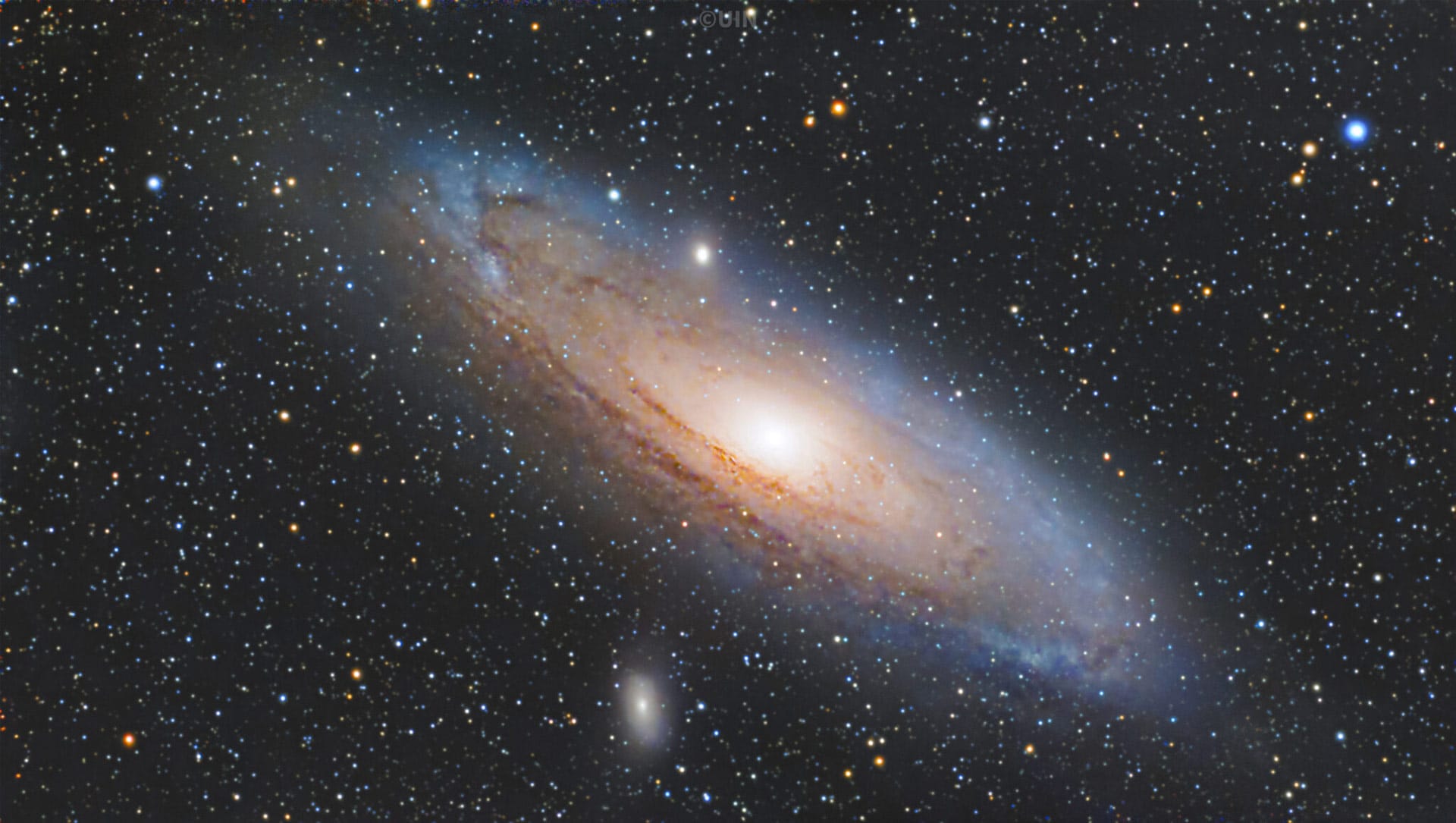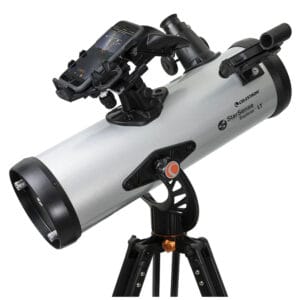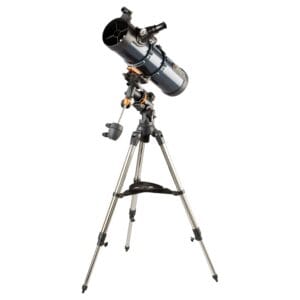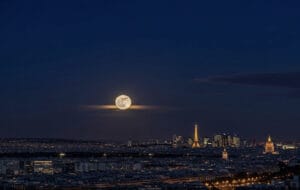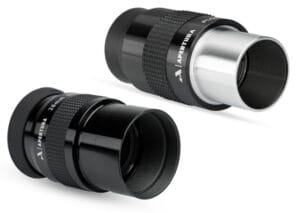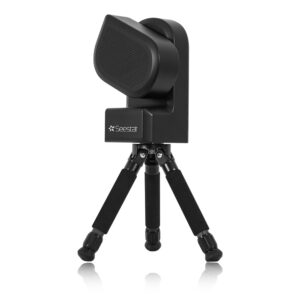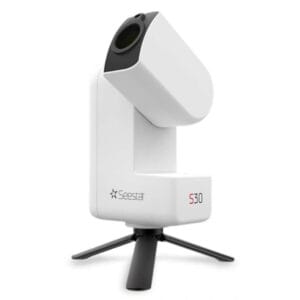The question what can you see with a smart telescope is common among beginning astrophotographers and stargazers. Smart telescopes promise simplicity, automatic tracking, and impressive photos—but what can you really see with them? In this blog, we provide a realistic overview of the possibilities, including examples of deep-sky objects and tips per object type.
Deep-sky Objects: from Nebulae to Galaxies
Most smart telescopes, like the Seestar S30, S50, or the Dwarf 3, are designed to capture large and relatively bright deep-sky objects. These include:
- The Andromeda Galaxy (M31): the nearest galaxy. Large, bright, and popular as a first deep-sky photo.
- The Pleiades (M45): a bright open cluster with a blue glow. Very suitable for short exposures.
- The Orion Nebula (M42): visible in winter, with lots of structure and color in H-alpha and OIII.
- The Veil Nebula (NGC 6960 & NGC 6992): beautiful with a UHC filter, especially with longer exposures.
- Lagoon Nebula (M8) and Trifid Nebula (M20): summer objects in the constellation Sagittarius.
These objects are large enough to fit within the field of view of smart telescopes and bright enough to show well with live stacking. Especially under dark skies, they yield remarkably good results.
Planets and the Moon: Limited, but Possible
Smart telescopes aren’t primarily designed for planetary photography. Their relatively short focal length provides limited magnification. However, you can:
- Capture the moon in great detail
- Capture Jupiter with its four largest moons
- Capture Saturn as a whole without rings (small, but recognizable)
Don’t expect close-ups showing details of cloud bands or Cassini’s Division; traditional telescope systems with long focal lengths are better suited for that.
What Makes a Smart Telescope so Effective?
- Live stacking: automatically combining dozens of photos into one bright image
- Automatic calibration: no need to take darks or flats
- Object recognition via app: no star maps or alignment needed
- AI support: automatically selects exposure time, focus, and tracking
All this greatly lowers the barrier to entry. Where you previously needed an equatorial mount, autoguiding, filters, and hours of preparation, you can now set up a Seestar on a garden table and have your first image within 5 minutes.
Comparing some Models
The market for smart telescopes is growing rapidly. Here’s a brief comparison:
- Seestar S30: ideal for beginners, quick setup, wide field of view. Very popular due to its price-quality ratio.
- Seestar S50: higher resolution and slightly more zoom than the S30. Better for smaller nebulae.
- Dwarf 3: offers more manual control, better sensor, and even EQ mode. Perfect for those wanting to learn more.
- Vaonis Vespera II / Pro: premium image quality and build quality. Smart, but pricey.
- Unistellar models: combine visual observation with photography. Good for educational settings, but very expensive.
- Celestron StarSense Explorer (130/650 Dobson): not really “smart”, but easy to find objects and observe visually via smartphone navigation.
Comparison with Traditional Astrophotography
Those experienced with manual astrophotography know the routine: setup time, alignment, guiding, cables, settings, processing. Smart telescopes replace all these steps with one button press. But this also means: less control and no ability to use your own filters, lenses, or cameras. Think of it as a smartphone camera versus a DSLR: less flexible, but incredibly fast and user-friendly.
For many people, that’s exactly the appeal: you don’t need to learn anything before you can enjoy it. And those who get hooked can always upgrade to a more advanced system later.
Realistic Expectations
A smart telescope opens up the world of deep-sky astrophotography in an accessible way. But: don’t expect images like those from Hubble or James Webb. The strength lies in simplicity, speed, and consistency. You learn about the universe while making images, and that’s what makes it addictive for many.
Images:
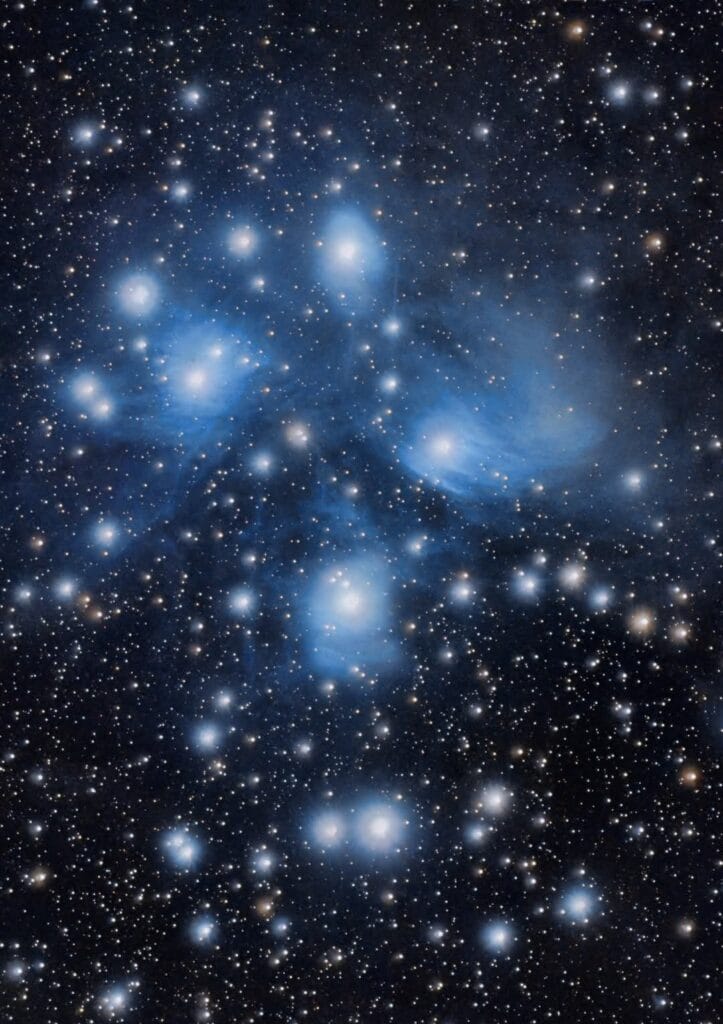
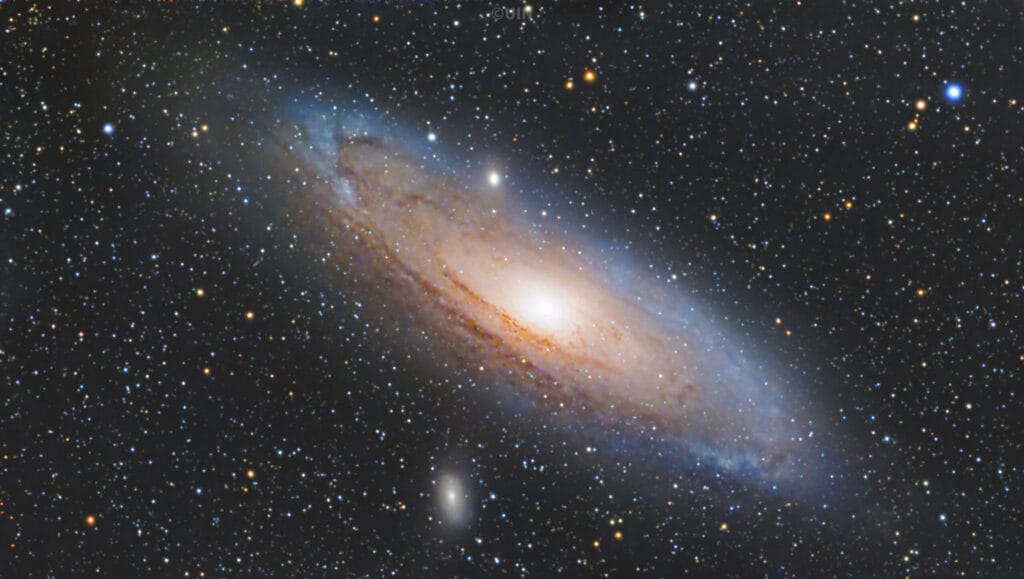
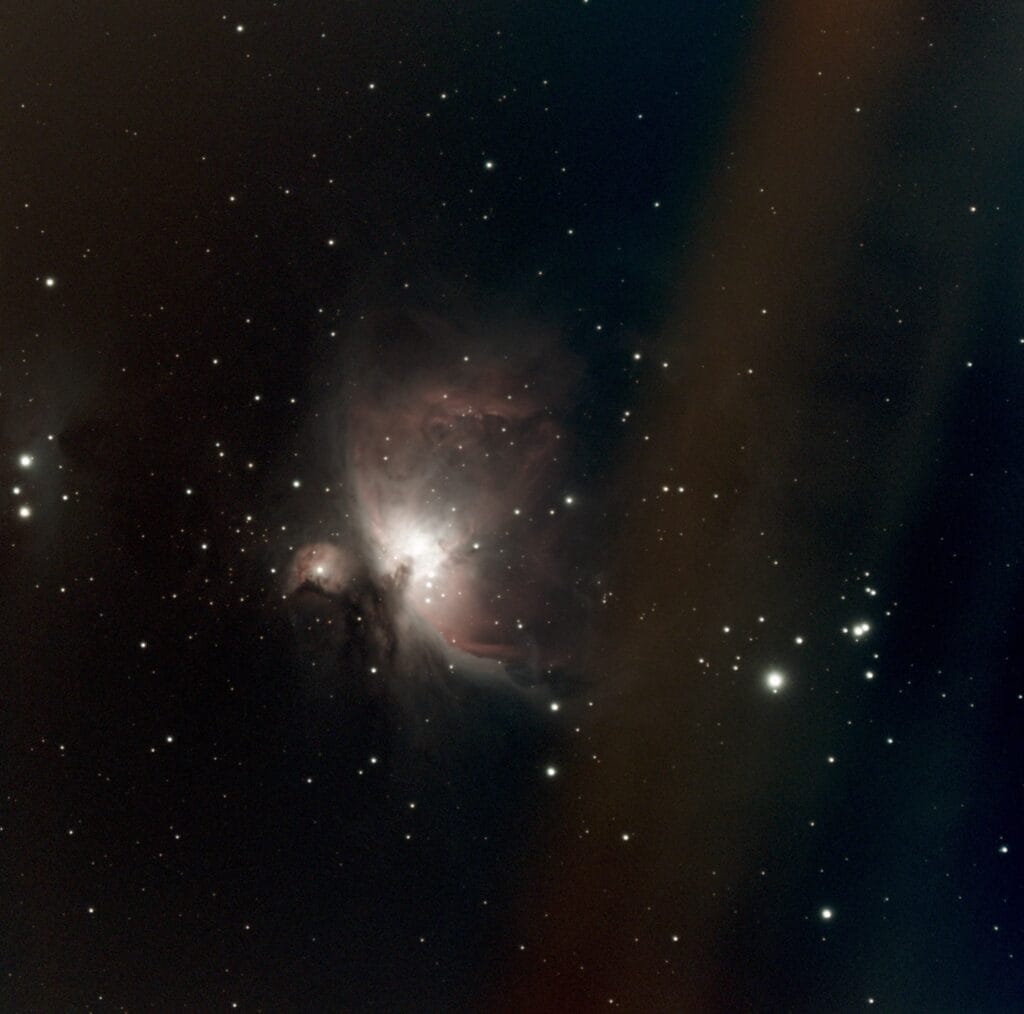
Excited and want to see this yourself, live, in your backyard or from your balcony? Order before 11:59 PM and have your telescope delivered within 48 hours.

